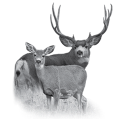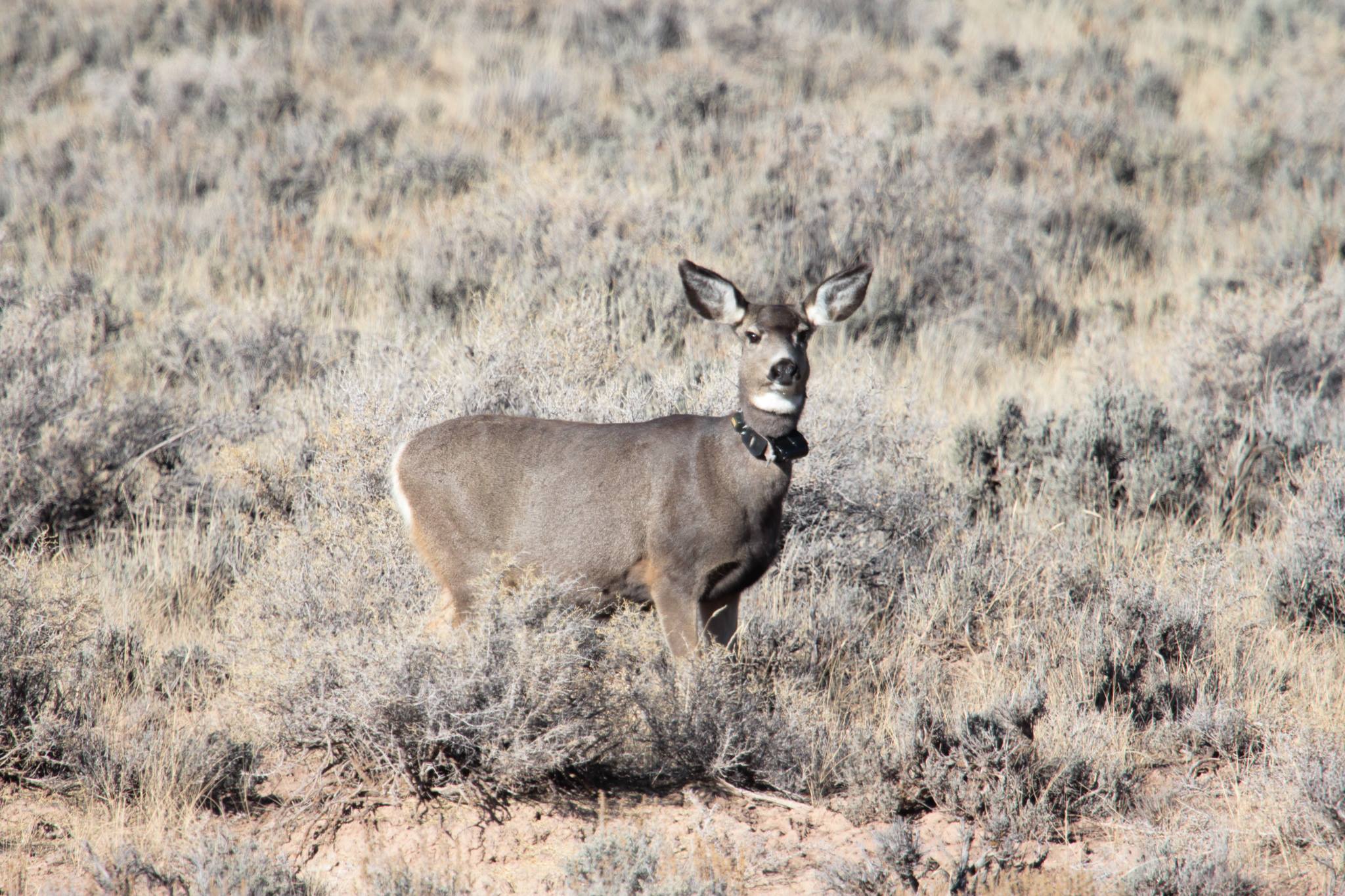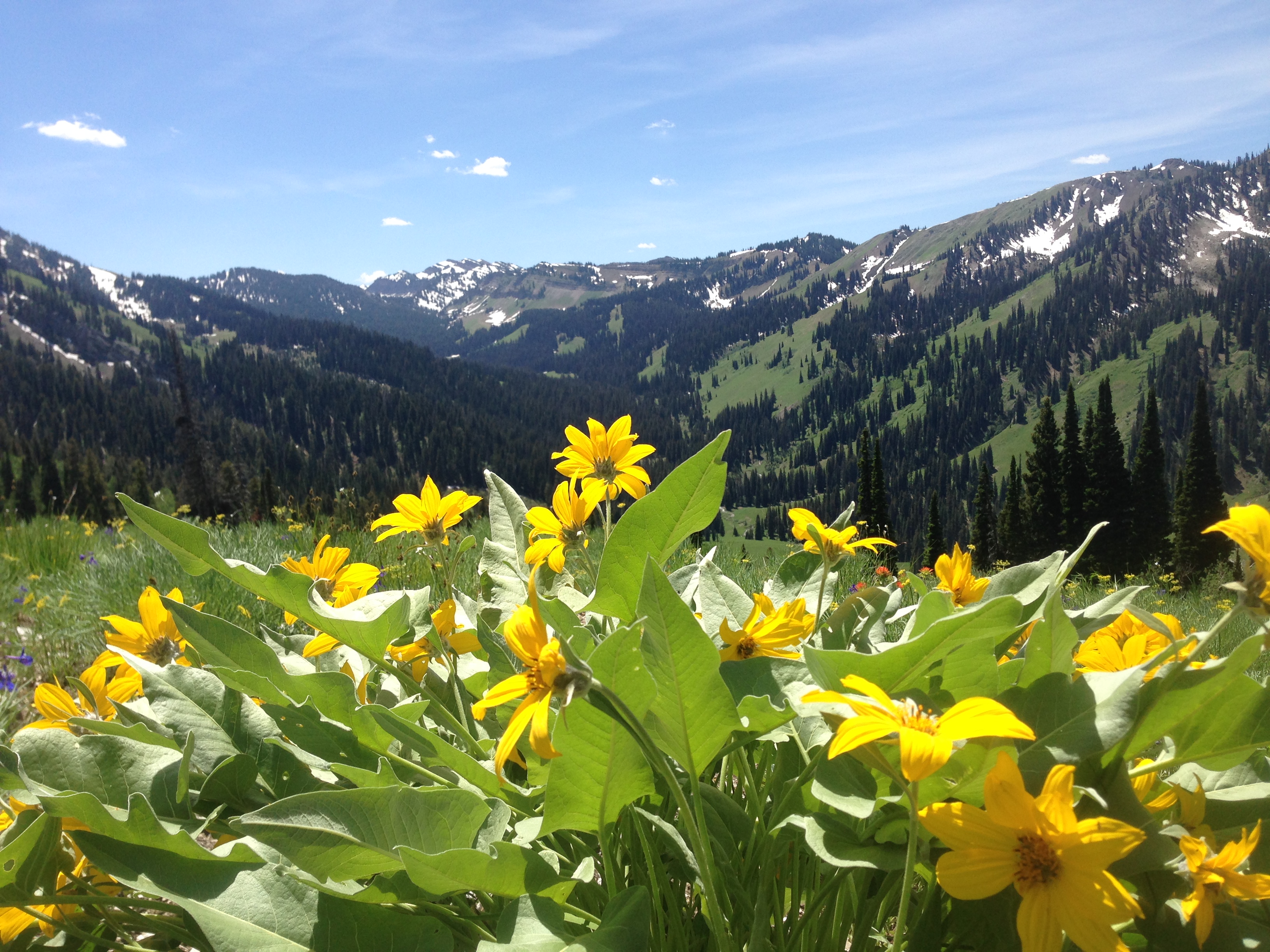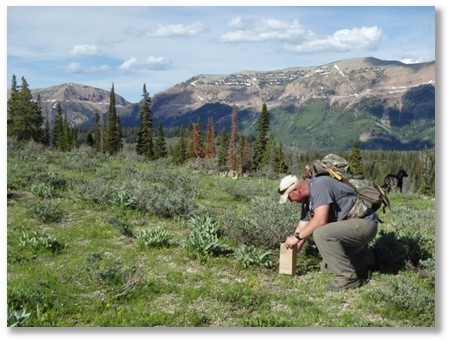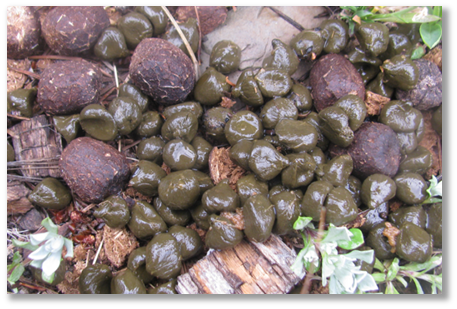At the largest spatial scale, migration is recognized as a strategy that allows migrants to exploit high-quality resources available on one seasonal range, while avoiding resource deficiencies on the other. However, much less is known about the fine scale movement behaviors that animals make during migration. This project aims to understand the importance of forage quality experienced during migration, and how the habitat quality of migratory routes influences survival and reproduction of migratory mule deer in the Wyoming Range. Spring migration is a critical time for migrants, in which they must recover from harsh winter conditions and prepare for upcoming reproductive costs. It is hypothesized that movement from low elevation winter ranges to high elevation summer ranges, allows migrants to extend the amount of time they are exposed to young, highly palatable forage. Following a wave of newly emergent, high-quality forage along elevational gradients, is known as surfing the green wave (or phenology tracking). We will evaluate if individuals that accurately surf the green wave benefit from enhanced nutritional condition and reproductive success. An additional objective of this study is to understand how changing climatic conditions, such as increased incidents of drought, may alter habitat quality along migratory routes.
The video above shows mule deer surfing the green wave, as they move from low elevation winter ranges to high elevation summer ranges, during the spring 2013 migration. This video illustrates how plant growth changes across the landscape, and how deer move in response to these changes in plant growth and forage quality. Dark green pixels represent the highest quality forage, while light tan pixels represent the poorest quality forage. Each color represents a different deer, and each dot represents a GPS location from that individual. Large dots show movements from the current day, while smaller dots represent movements from previous days. At the end of the video, a legend displays, showing the surfing score for each deer’s migration. Deer with a score close to one efficiently tracked the green wave, while deer with lower scores were not able to track the green wave efficiently.
Gallery
Contact
Ellen Aikens
PhD Student
Wyoming Cooperative Fish and Wildlife Research Unit
University of Wyoming, Dept 3166
1000 E. University Ave.
Laramie, WY 82071
Email: [email protected]
Gary Fralick
Wildlife Biologist
Wyoming Game and Fish Dept.
P.O. Box 1022
Thayne, WY 83127
Email: [email protected]
Project Lead
Ellen is fascinated by animal movement strategies. For her PhD research, she studied the environmental drivers of migration using the Wyoming Range mule deer population as a case study.
Funding & Partners
United States Geological Survey • National Science Foundation


